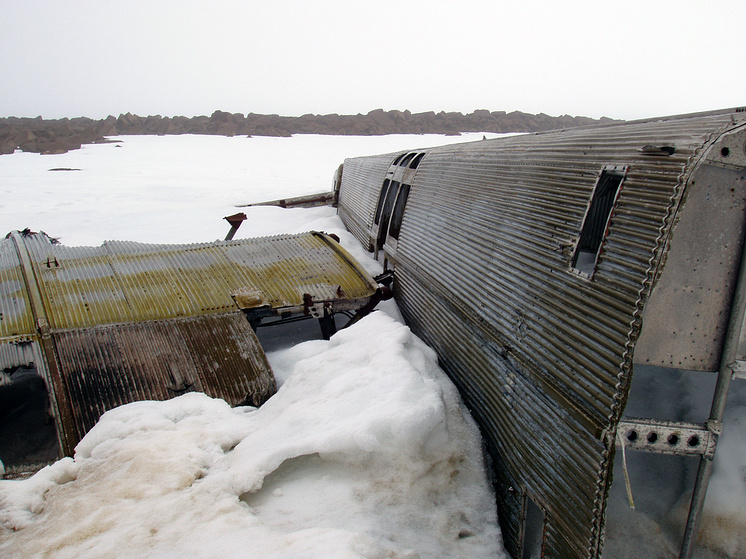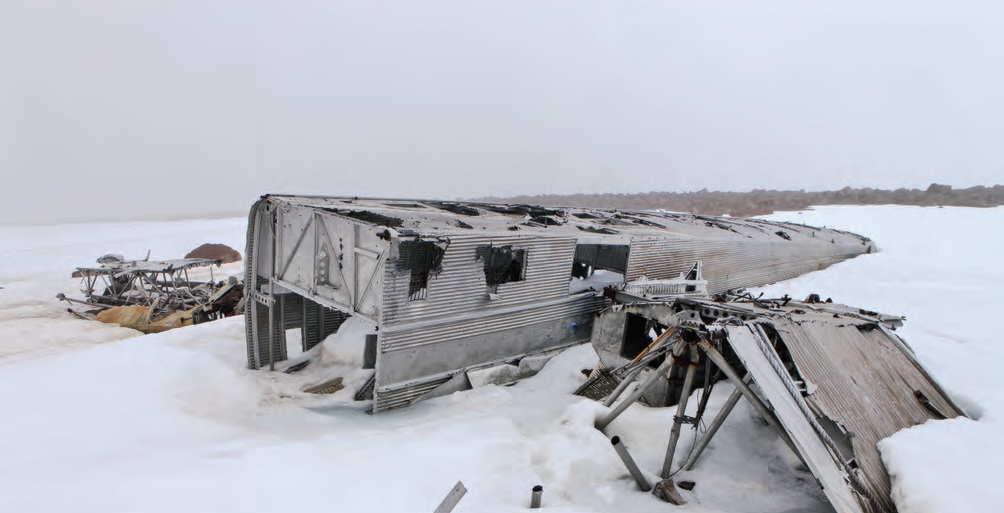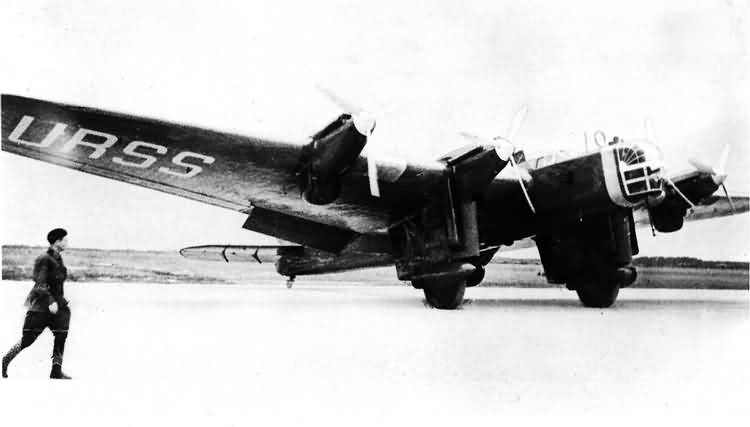Crash of a Putilov Stal-3 in Strogino: 6 killed
Date & Time:
Jun 22, 1938 at 1500 LT
Registration:
CCCP-L1206
Survivors:
No
Schedule:
Moscow - Moscow
MSN:
206
YOM:
1935
Crew on board:
1
Crew fatalities:
Pax on board:
5
Pax fatalities:
Other fatalities:
Total fatalities:
6
Aircraft flight hours:
453
Circumstances:
The single engine airplane departed Moscow-Tushino on a local post maintenance test flight. On board were one pilot, one technician, one engineer, one guard and two firefighters from the airport. After 15 minutes of flight, the pilot initiated the approach. As he was not properly aligned, he raised the flaps but did not increase the engine power, causing the aircraft to glide the to 'slid' to the left and to descend. From a height of about 100 metres, the aircraft stalled and crashed in a field. All six occupants were killed.
Probable cause:
It was determined that the accident was the consequence of a wrong approach configuration on part of the pilot who failed to increase engine power to initiate a go around procedure.







